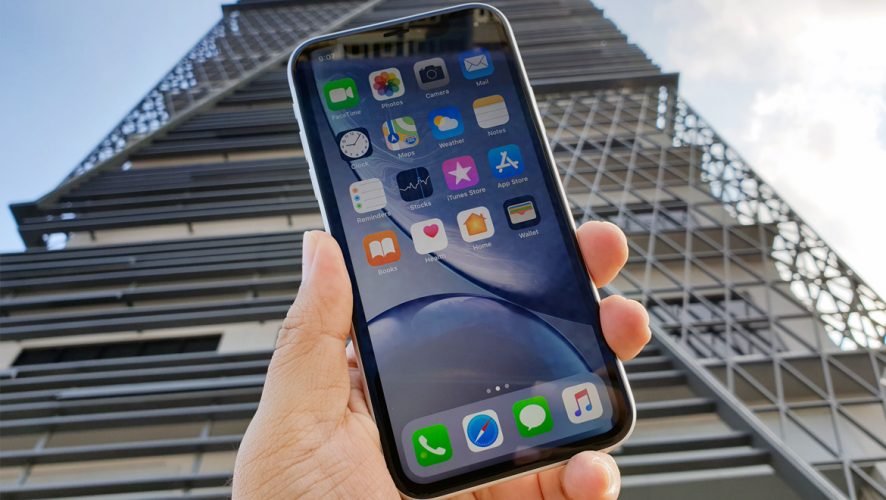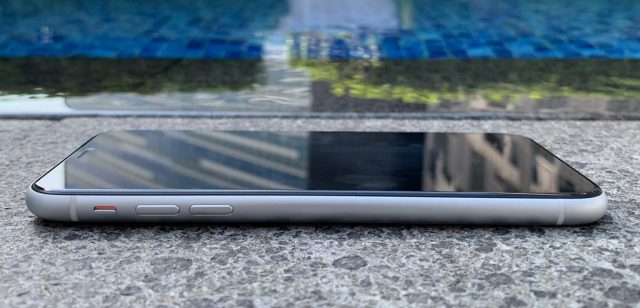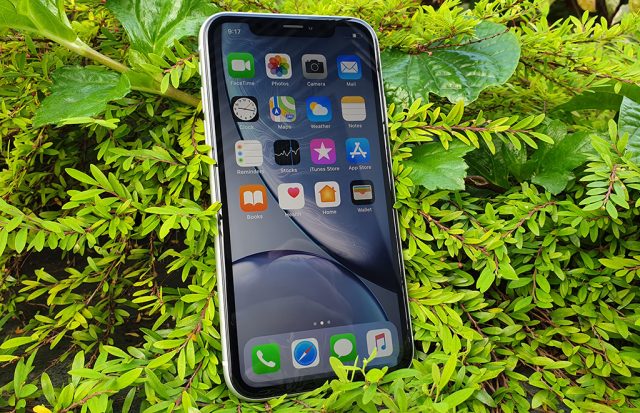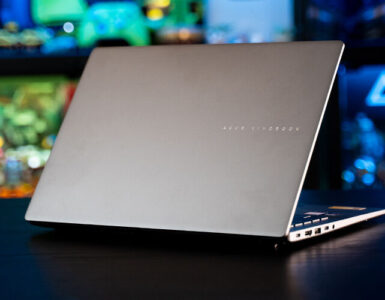If this year’s iPhone XS and XS Max are devices meant for the rich and those willing to splurge on a premium device, then the latest iPhone XR is meant for everyone else.
Priced at S$420 lower than the entry-level iPhone XS, the latest iPhone XR is the third device Apple has launched in the last month, and for good measure. The XR features the same software as the XS, is powered by the same A12 processor, utilise the same rear main camera module, has wireless charging, and gesture controls.
So what do users sacrifice for that price difference? The XR has an aluminium frame instead of a stainless steel one, and only comes in one 6.1-inch size, compared to the 5.8-inch XS, and 6.5-inch XS Max models. It also uses a LCD display, that Apple dubs the Liquid Retina HD display, compared to the Super Retina HD OLEd display on the XS models. If you need additional capacity, the XR online comes in 64GB, 128GB and 256GB, compared to the 64GB, 256GB and 512GB on the XS models.
The LCD display offers 1792 x 828 pixel resolution, at 326 ppi (pixels per inch), compared to the 2436 x 1125 pixel resolution at 458 ppi, but the biggest difference that will affect the purchasing decision is that the XR only has one single camera module, and not the secondary 12MP telephoto lens of the XS.
But the XR comes in more vibrant colours, including, blue orange and yellow, on top of the regular white and black. That said, any phone with a glass rear demands a protective case, which will mask any XR colour variant, so use a phone without a casing at your own expense.
The bottom line – pay less for a slightly diminished display, and single camera, but unless both matter greatly to you, the iPhone XR is a cheaper iPhone that still beats many of the premium Android devices out there.
Display wise, both screens are almost indistinguishable when put side by side. The white levels on the XR have a slightly more yellow tone to it, but this distinction is only obvious when you place the XS and XR, both on full brightness, right next to each other. If you really want to nitpick, the visibility drops more when you start viewing both display off-axis, but let’s face it – how many of us look at the phone from an uncomfortable angle, and if you do, then does it really matter if the display, along with the on-screen text and images, are barely readable?
The other more visible difference with the screen is that the almost bezel-free display is less pronounced here, since the border that wraps around the display is definitely thicker. But there’s also a reason for that, as the LED display still uses an LCD backlight, which is now in the bezel.
And because it is in the bezel, the display is missing another prominent iPhone feature – 3D Touch.
But that’s the thing about Apple’s engineering – the aluminium finish is a very smooth one that wraps around the device effortlessly. The thicker bezel is no different from the infamous Apple notch that many other phone manufacturers have actually opted to copy – and once you get used to them, their presence is barely noticeable.
The symmetry of the XR is also more pronounced, as the speaker grills located on both sides of the Lightning port are now split equally, unlike the XS which has six speaker grills on one side, and three on the other.
But how does the single camera stack up? Afterall, moving back to a single camera from a dual camera might seem like a huge step back, and a significant deal breaker.
But here’s the thing – when was the last time you ever used a telephoto lens on a camera, and do you really need it? Both camera modules on the XR and XS are the same, powered by the same processor and software, and Apple has improved its software so much, that any difference in technology can now be compensated by software manipulation.
And let’s face it here – all smartphone makers use some soft of software to alter the aesthetics of their photos. It is why photos on Samsung phones look so vibrant, and those on the Google Pixel offer deeper shadows. These companies have determined that consumers prefer a certain look to their photos, and have catered for this preference, and Apple is no different.
And it’s what it has done with simulating bokeh in Portrait Mode, since the XR does not have dual rear cameras anymore. The single rear camera can still take effective photos in Portrait Mode, but with the software performing the background blurring.
The following three photos are taken with the iPhone XR (left) and XS (right) cameras. Move the sliders to see the differences.
And it works. The XR’s camera is already an improvement over the cameras from previous iPhones, so that’s a good enough reason to make the upgrade and if you’re in the market for an XR, the slight dip is photo quality is not a deal breaker here.
Instead of thinking about the missing features and performing functions of the XR, the question you should ask is, is a dual camera or OLED display that much more important? The XR performs as fast as the XS, and is bigger too.
Not everyone can afford the premium offered by Apple, and the XR is designed for this particular audience who want an iPhone, without the Apple Tax.
GEEK REVIEW SCORE
Summary
With a longer battery life, and packed with almost the same features of a premium XS, the iPhone XR is the cheaper alternative that never comes across as one.
Overall
8.4/10-
Aesthetics - 8/10
8/10
-
Build Quality - 9/10
9/10
-
Performance - 8/10
8/10
-
Value - 8/10
8/10
-
Geek Satisfaction - 9/10
9/10
























